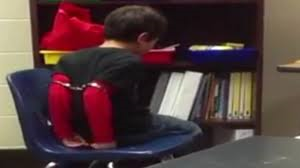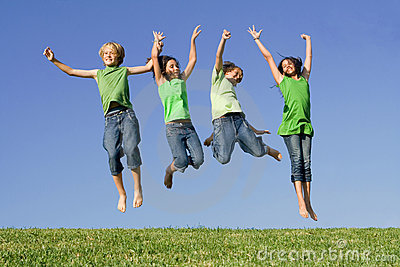So what if April is Child Abuse Prevention Month? Every month is dedicated to somebody’s favorite cause, and we all have a really short attention span. Child abuse and neglect seem to be under the radar right now. We can all be thankful when we have a week or month without reports of tragic deaths or damning reports of bad decisions by public agencies. But lately, not a week goes by that another person in the spotlight reveals a childhood histort of sexual abuse — movies stars, CNN reporters, sports heroes — . Thier honesty reveals that no one is immune; thank goodness for thier courage to make this issue public. I have an instinctual response to scream as loud as I can every year as April approaches to remind every single person that children are abused and violated daily, and less than 1/3 ever come to the attention of authorities, fewer yet get the help they need.
I capped more than two decades in public human services and child welfare work by spending six years as the executive director of the New Jersey chapter of Prevent Child Abuse America (http:// www.preventchildabuse.org). I found amazing volunteers, professionals, philanthropists and public officials throughout our state who really believe in building stronger families and communities.
I left PCA-NJ to study at Harvard’s Kennedy School learn with and from the best and the brightest in public administration. One evening, I was in the audience for a panel discussion about performance management in the public sector that featured speakers from the offices of several governors. My lesson came not from the stage, however, but from a fellow member of the audience.
While discussing how to use performance monitoring systems in public social service agencies to manage response times to reports of child abuse and caseload sizes, a representative from a Western state repeated several times that “child abuse prevention is a very high priority.” I am a dedicated advocate for prevention and yet I found this statement to be distressing in ways that eluded words. Standing next to me was a fellow Harvard student, a high-ranking official with the New York City Fire Department and a 9/11 first responder. I looked over at him and finally found the words to explain my frustration. “Joe,” I said, “when you dispatch a unit to put out a fire, would anyone ever dare to call that fire prevention?”
I fear that in too many communities, people acknowledge child abuse prevention month by reminding people to report suspected cases to authorities……Of course state agencies have an obligation to protect children. But real prevention is measured by a great deal more than a decrease in the number of reports to Child Protection.
Along with counting how fast a public agency responds after someone reports that a child has been injured, how about if we start counting how many parents have access to information on how to calm a crying baby? And how many new parents are served by a trained family support worker to help them through those confusing and sleep-deprived first few months of parenthood? And how many parents have a job paying a living wage from an employer with family-friendly policies? And how many child-care centers have the resources to offer parenting support groups? And how many schools understand the meaning of supporting a healthy sexual climate for their students and staff? And how many communities support quality sex education, one of the best defenses against child sexual abuse?
Here’s my basic metric for government: Is every child attached to at least one adult who has available all the resources it takes to raise a healthy, productive member of society?
Prevent Child Abuse America estimates that the U.S. spends more than $100 billion each year on the effects of child abuse and neglect. From the cost of operating the child protection services in each state to crowding our special-education programs and juvenile justice systems with victims, the maltreatment of our children brings immense human suffering and public costs. The resulting failed adult relationships, poor parenting skills and diminished aspirations caused by irreparable injury to vulnerable little egos are not limited to the low-income families more likely to come into contact with the public systems. We all suffer when families and communities fail their children.
Who is going to show that they know the difference between fireproofing a home and dispatching a ladder truck? This April when we hear about Child Abuse Prevention Month, in memory of martyred children named Faheem, Nixmarie, Jessica Lauren, Bill Z and so many others, let’s think about also counting and doing the things that can make a difference; supporting families and strengthening communities. Preventing the physical, emotional and sexual abuse of all children is a worthy goal — what do you need to do your part?


